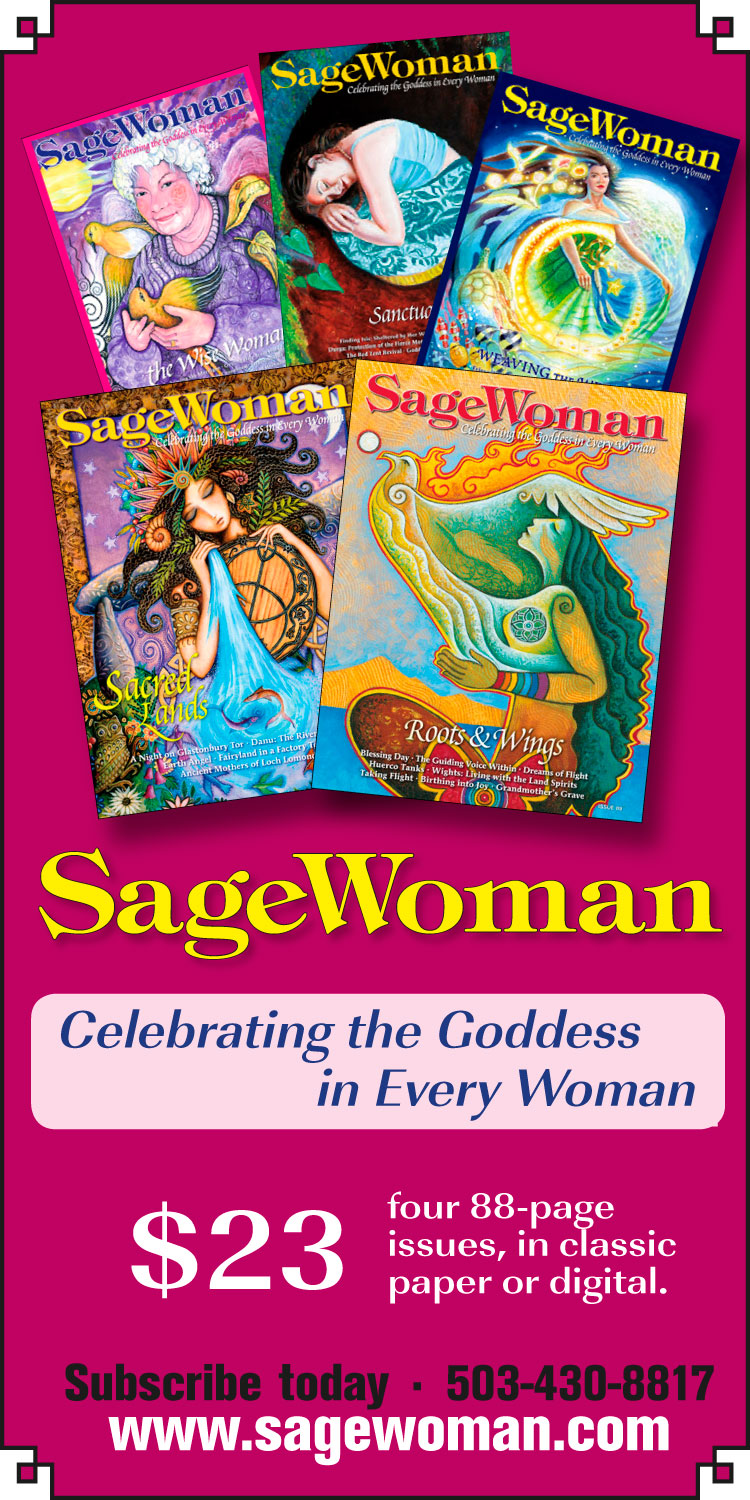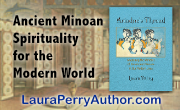Ahimsa Grove
Ahimsa Grove is a resource for vegan pagan living. It will include personal experiences and musings, recipes, shopping tips, vegan ethical and dietary considerations, and ideas for pagan practice including spells, rituals, and herbcraft.
In the season of Imbolc, change can be scary. Especially since it's Women in Horror Month!
As we move past the Sabbat of Imbolc, we feel its energy of new beginnings. As we have learned from the recent events on the American political and social landscape, change can be both a wondrous and a terrifying thing. In either case, it galvanizes our sense of purpose and moves us down the path of our chosen desires. Whether we are promoting a change or resisting it, the energy of Imbolc calls us to action.
The bat is a wonderful totem for initiation and transformation. When these little Goth mascots come flitting out of their night time sanctuaries, they symbolize rebirth. Again, they symbolize both the beautiful and the frightening within the archetype of transformation. They tend to be stigmatized due to their habitat and their nocturnal ways. Since we associate them with creepy haunted houses and dreary caves, we see them as symbols of death. In reality, bats are important pollinators. Their control of insects like mosquitoes also protects us from disease. I will go into the bat in more detail in an upcoming issue (probably issue 92) of SageWoman. For now, let's suffice it to say that the bat is a really good representation of the scary side of change.

Sometimes, change comes when we don't want it. Sometimes, it is precipitated by an unwelcome event. But, we must face it. And when we do, it inevitably causes growth.
The horror genre, so often associated with bats, is a form of literature that plays around with everything which frightens us. The monsters of fiction provide us the space to understand what feels threatening to us, and why. Horror addresses periods of social change and unrest. For instance, in the early twentieth century, the recently enfranchised young women who started baring their ankles and going out to clubs became known as "vampires," or "vamps." The silent films of the era showcased the horrifying (yet alluring) vamps as temptresses who would destroy the morals of their men. As humorous as these portrayals now seem, they were a finger on the pulse of the society of that time. Horror is a playful way to address the fears within our individual and collective unconscious.
February is the international Women in Horror Month (WiHM). This designation is meant as a time to showcase the work of women in this genre around film, literature, art, make-up, production/design, and more. There is plenty of time to check out the calendar of events, and see if there is anything going on near you. If not, many horror genre blogs and websites will be featuring female contributors.
As the old saying goes, "May you be cursed to live in interesting times." So, as we embrace the change we see before us, may we make it a scary-good ride.
Comments
-
Please login first in order for you to submit comments
















